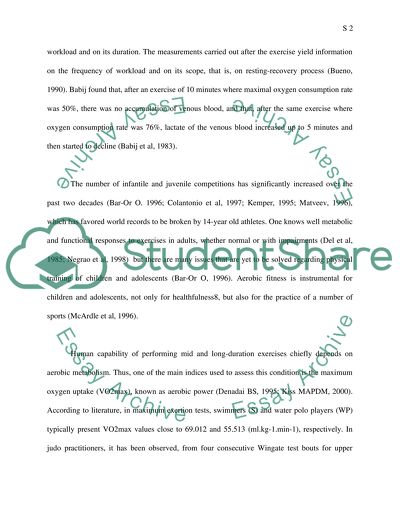Cite this document
(“Sport Training Essay Example | Topics and Well Written Essays - 3000 words”, n.d.)
Retrieved from https://studentshare.org/miscellaneous/1513719-sport-training
Retrieved from https://studentshare.org/miscellaneous/1513719-sport-training
(Sport Training Essay Example | Topics and Well Written Essays - 3000 Words)
https://studentshare.org/miscellaneous/1513719-sport-training.
https://studentshare.org/miscellaneous/1513719-sport-training.
“Sport Training Essay Example | Topics and Well Written Essays - 3000 Words”, n.d. https://studentshare.org/miscellaneous/1513719-sport-training.


